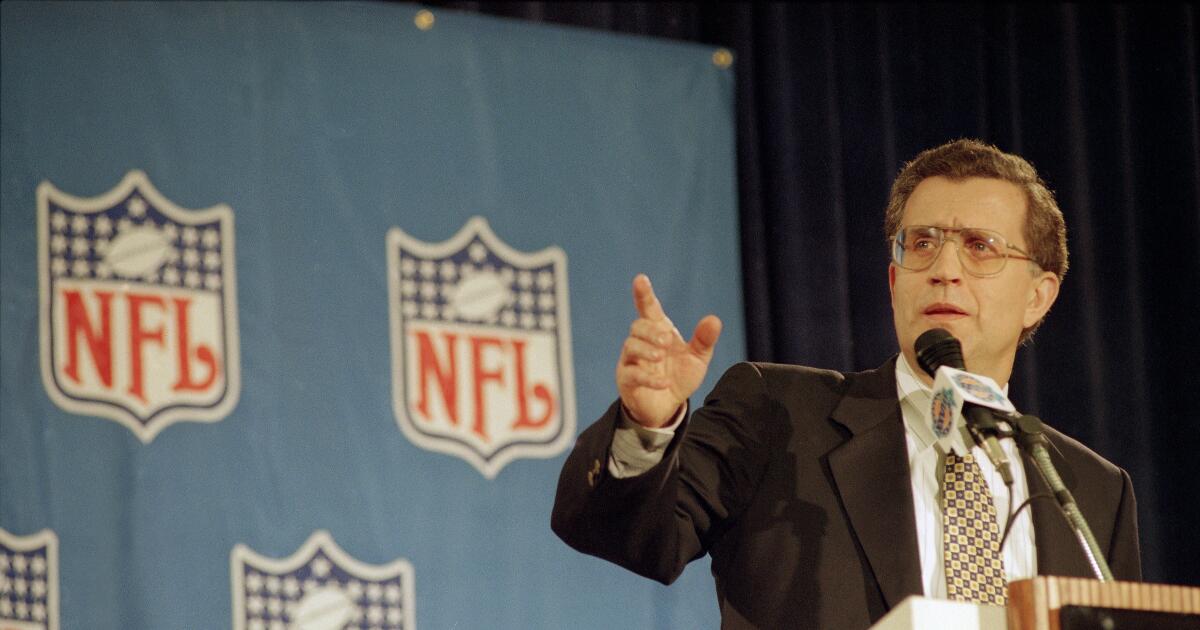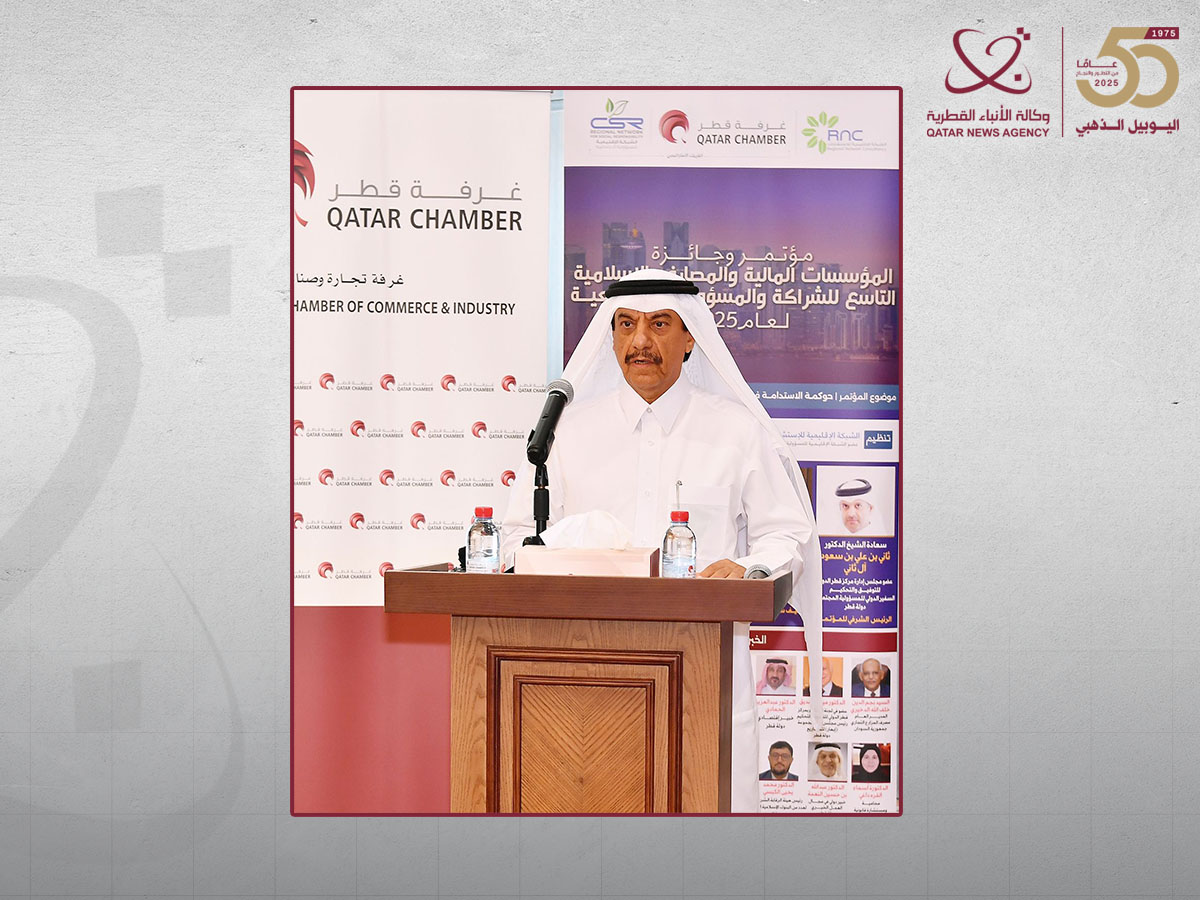Copyright Forbes

Leaders need transformational skills today. When at least 70% of organisation transforms are set to fail their success comes down to how leaders manage this process. Text book approaches implementing models and frameworks build a great plan, but the truth is a radically different approach to leadership is necessary for success. Speaking with Judith van Hunsel, partner at Brooksmiller who focuses corporate transformation, drawing on her impressive track record of corporate roles including at Coca-Cola HBC, Philip Morris International and Accenture, we explore a different approach for leadership, and challenges what business as usual really means for leaders today. In this current environment where the geo-political context is often described as a state of perma-crises, it seems leaders are obsessed with transformation, in response to uncertainty and emerging tech. The big challenge lies in transforming how their organizations think and behave. Transformation often means multiple changes occurring at the same time. Digital transformation is the most pressing and obvious area for change; where nearly half of tech leaders report that AI is “fully integrated” into their core business strategy, with global spending in this area expected to reach $3.4 trillion in 2026. The more complicated areas around transformation extend into the soft-wiring, the culture, how departments become de-silod, strengthening mental agility for problem solving, weaving sustainability agenda into business priorities - the fuzzy stuff that has a stronger impact on the longevity and performance of organizations. Getting people to change their behaviours, is a challenge that is as old as time, but with increasing focus on cognitive diversity, mental agility and preparing for even more uncertainty, shifting how teams think, react and respond to change is more important than ever before. There are additional shifts when leaders consider how to futureproof their workforce, both in terms of navigating the skills gap and predicting the impact of technology. According to McKinsey & Company, 87% of organizations are currently experiencing a skill gaps or expect them in the next five years. The big messy areas of transformation, that tackle culture; innovation, risk, agility, flag significant challenges, short term financial needs prioritised over long-term strategic change, improving the robustness of governance models for faster decision-making, anticipating disruption to supply chains and working on plans for mitigation. The future of work, since the Covid Pandemic, hybrid working continues to dominate discussions on ways of working. Where hybrid working becomes normalised new modes of working, and ultimately work-integration with AI takes centre stage. MORE FOR YOU Each of these areas alone is daunting, but in reality organizations are navigating each of these transformation agenda to varying degrees. And this is where the starting point begins with a fundamental point as van Hunsel explains; “Transformation is an identity change, it’s not simply a tactical pivot. This means asking difficult and sticky questions; what does the big picture mean? What do we want to achieve? How am I willing to change my behaviour to achieve this change?” Drawing on her experiences of leading a global culture transformation to enhance innovation and business growth, van Hunsel describes how collective change was implemented. “The top 25 leaders of the company co-created the picture of success, and how to measure this. Behaviors were defined, with a clear explanation of what it is, and what it is not. When activating the culture transformation, each leader was asked to look at their behaviors, their team behaviors, and identify together what needs to be changed, and how to hold each other accountable.” Change cannot happen without clear design. Whenever change is ahead, van Hunsel argues the key lies in designing before planning “Design means that you can design for example strategic workforce planning from very complicated to very simple processes.” Simplicity, requires connecting planning to the business planning cycle, and then going deeper if required; on specific metrics; headcount, the impact of organizational change on skills, talent supply and demand - design and change. Addressing pain points from key stakeholders, reconfiguring roles, responsibilities, span of control, reporting lines. When designing for future skills, gap analysis - critical skills available compared to what is missing, what you predict you will need and ways to bridge the gap and how to retain the talent you want to keep. These areas are completely interconnected but lack of seamless technology providing data and analytics means they are addressed as stand alone challenges. Jumping straight into action without big picture design means leaders do not pay sufficient attention to culture, how the team is behaving and how they observe the leadership. Ultimately any type of change is perceived as a threat, and teams will observe their leaders to determine whether they feel safe. Van Hunsel argues the greatest reason for transformation failure lies with leaders who do not lead for change, in other words, model their own change, and cultivate the culture to support necessary behaviours and attitudes. Leaders expected to consistently be active and do, however there is increasingly evidence on the role of reflection as essential to leadership. Reflection provides time to pause and ensure the organisation is moving in the right direction, at the right pace, allowing leaders to focus not just on the why but also the how. In preparing for transformation one of the most important questions to consider; ‘What consistent messages can a leader bring into every interaction. How do they show up?’ Paying attention to culture is paramount, but often neglected, a great culture emerges from what is expected and tolerated by leaders and employees, but during the period of transformation, van Hunsel states intentionality is key; “ You always work on culture. It is more about being clear on what you expect regarding behaviors, and embedding this in every process that can support. Consistency and discipline is key.” Without a conscious approach to cultural adaption what happens? Van Hunsel points out; “When it is too late, is when you have a culture that is destructive, for example where people act out of fear, don’t try innovations, keep doing the same as is always done, staying within their comfort zone.” From knowing to growing - the Microsoft model. Microsoft is an excellent example of what a culture shift can mean for the company results, where Nadella focused on three key attributes.In the first instance the leadership team moved away from a culture of expertise - leaders moving from a “Know it all” approach towards a “Learn it all Growth mindset”. This means strengthening curiosity, experimentation, and learning from failure as cultural norms. It also means empowering middle managers to take risks to make changes for new strategies. Secondly; Prioritising empathy to strengthen collaboration across teams and create integrated ecosystems and innovation. Collaboration was not just internal, but also external and in some cases working with competition. The results - greater innovation and launching interconnected products that directly served customer needs. Thirdly; his vision was clear, requiring great leaps and significant shifts in the culture; betting on Azure and then Copilot were huge risks. To turn the cultural juggernaut, the leadership ensured every investment served the transformation to achieve consistency and growth. Transformation requires multiple levers, clear communication and consistency in attention and actions. Van Hunsel shares three significant takeaways. Embrace the critique, not the critics. Encouraging team members to share their questions - the earlier in the process the better. The important distinction van Hunsel states is to differentiate between those who critique and those who destroy; “Thinkers who destroy need to receive feedback about their impact on the ways of working and coaching on how to adapt.” Transparency and accountability are necessary leadership behaviours; clarity in what you want to achieve, deploy resources to support the transformation and ensure everyone responsible in the process holds accountability. Van Hunsel shares; “Any gaps on your workforce planning need to be addressed through action plans, regular follow ups to see if critical milestones have been achieved. Create a learning cycle and continuous improvement mindset.” Balancing data with instinct - making the most out of the data available, but where there are gaps, being clear on the assumptions you have made and how this may impact the outcomes of the analysis. “Transparency is key” emphasizes van Hunsel. This combination of leaders who steer their organizations, with intention, and strong attributes build for transformational success. The future of your organization is not in the strategy deck, but in the behaviors you model today.



